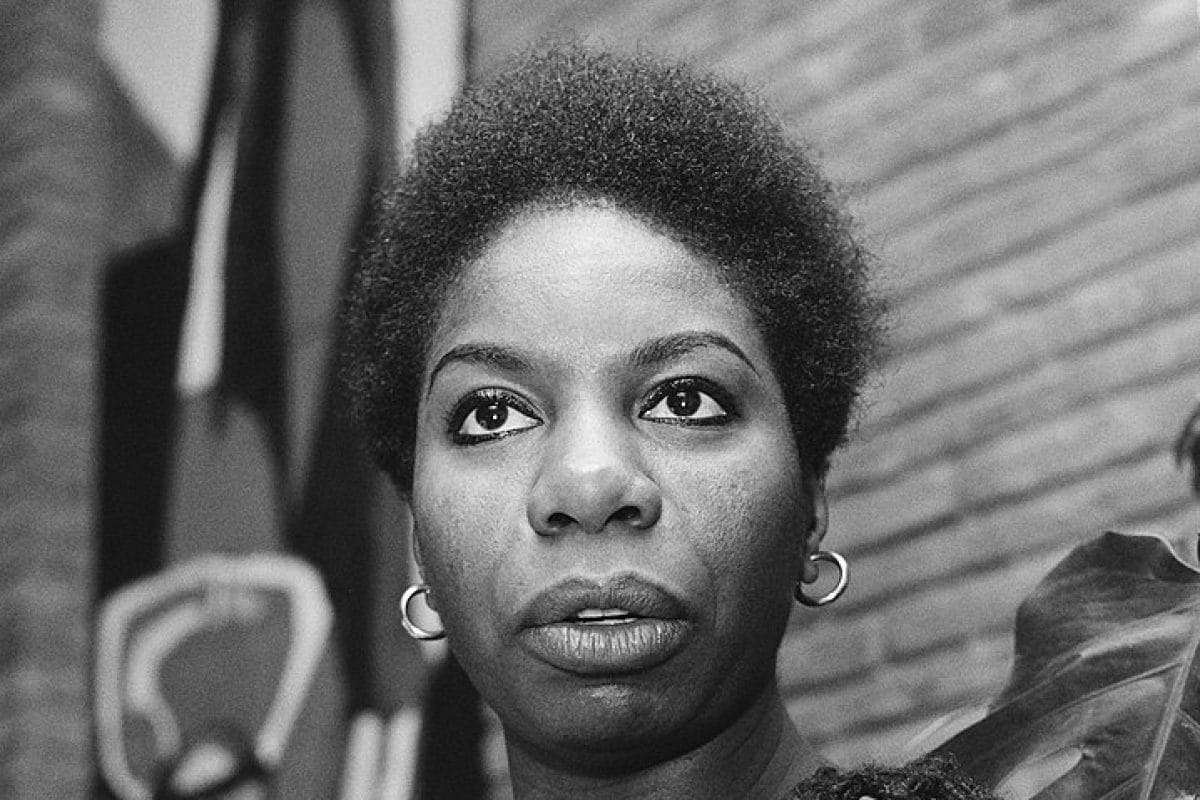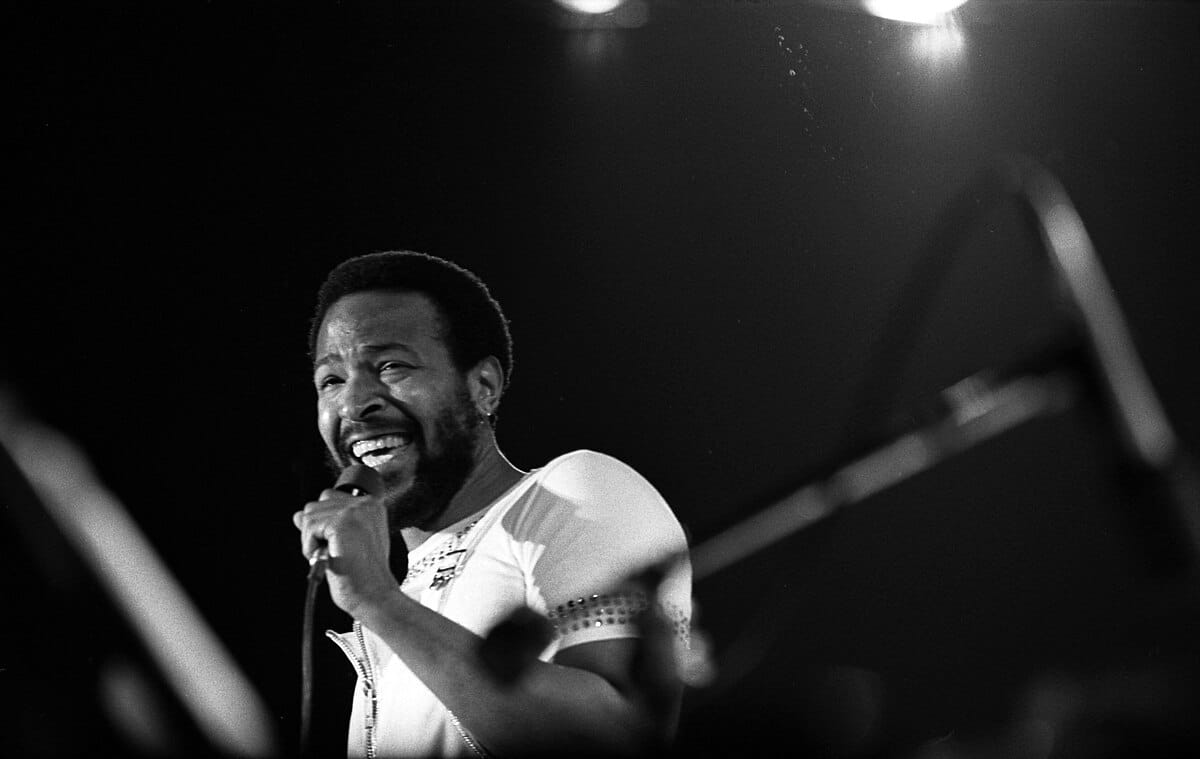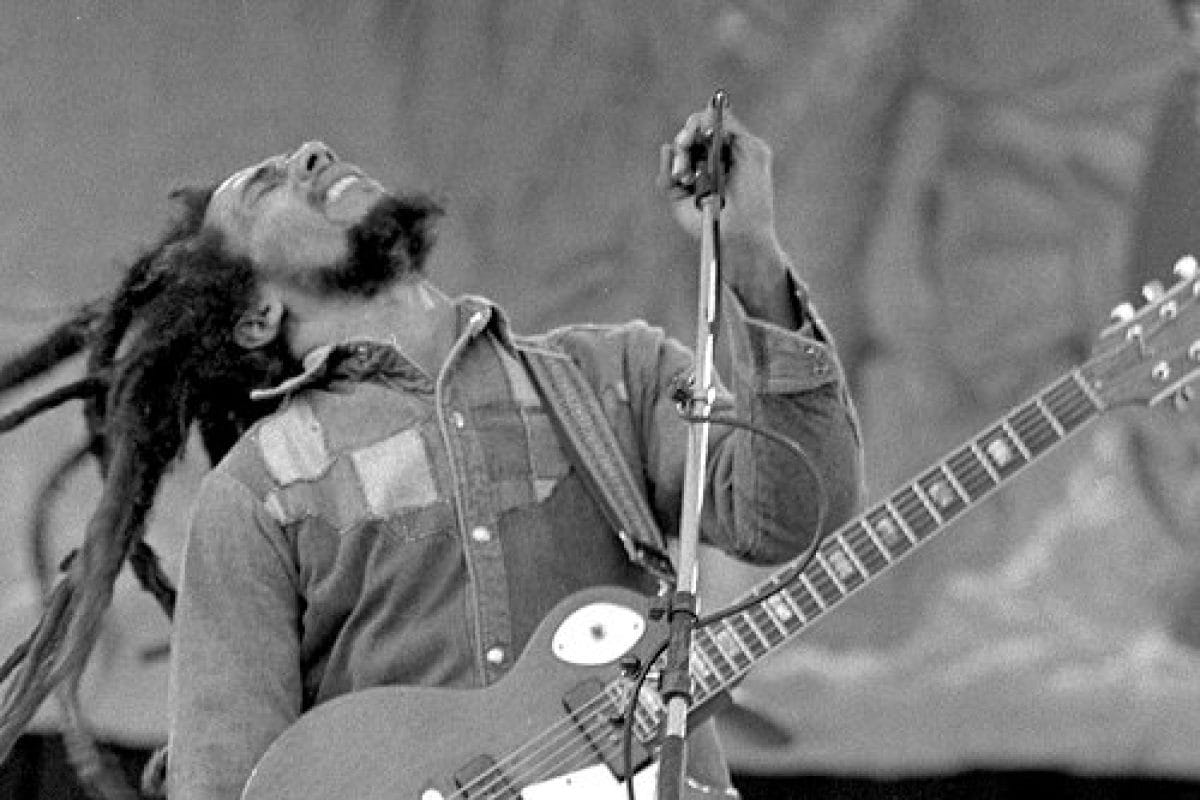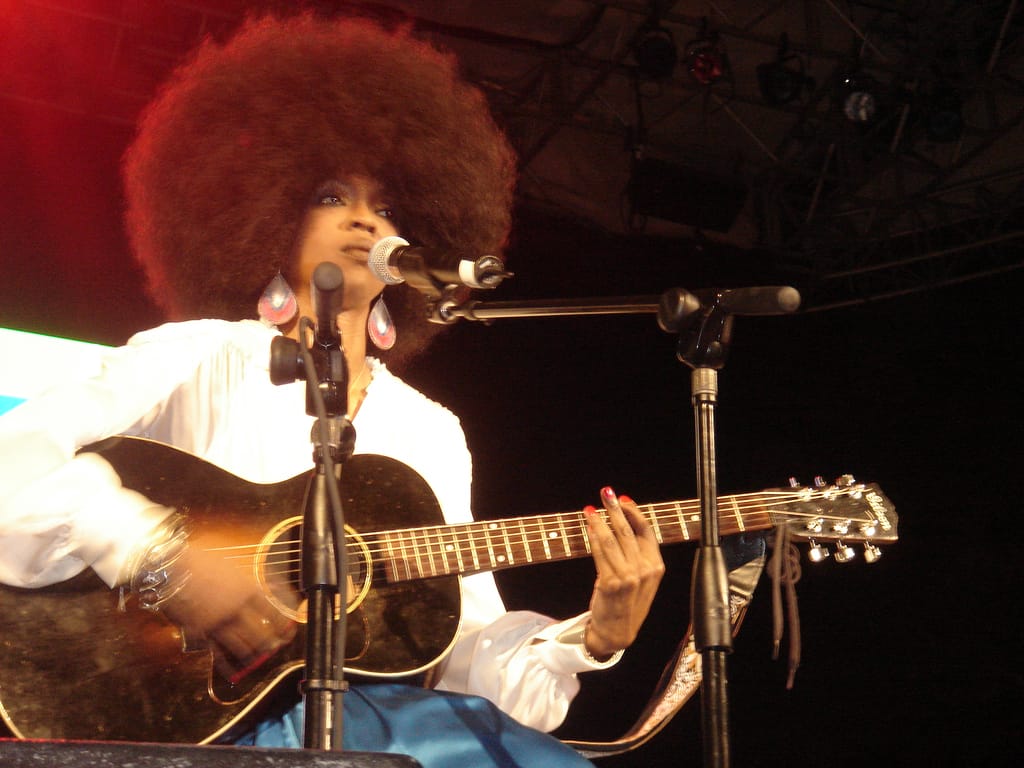The role of Black hair in music has served to pacify, monetise, popularise and even, antagonise throughout the ages. Given that colonialism centred the global perspective of beauty, it is unsurprising that afro-textured hair was destined for politicisation.
Save it, Pretty Mama
With the popularity of Black music escalating at the turn of the twentieth century, it was the invention of Blues and Jazz that elevated Black musicians to the forefront of music culture and with it, the politics and etiquette of the day.
The practice of hot combing and chemical straightening became common place. These enforced cultural values were captured in the early and developmental stages of Black music, with both male and female performers either chemically altering – ‘conking’ their hair, or even adopting horsehair wigs!
Black is the Colour
With hair at the forefront of musical evolution, it was the rise of Rock and Roll during the early 1950’s which nurtured a new type of artist and musician.
There was, however, one woman who challenged the cultural normative behaviour of the day and laid the foundations for a politically charged career. Nina Simone recorded her version of ‘Black is the Colour of My True Love’s Hair’ in 1959, a stand-alone anthem of self-reflection and one of the first recorded songs to affirm and openly proclaim, Black pride, Black identity and self-love.

Britain in the 1950’s saw the supremely talented Winifred Atwell record and release a number of commercial records with huge success. In 1956, Atwell became the first Black person to have a number one hit and she was also the first Black artist in Britain to sell a million records.

Respect
The 1960’s were largely recognised as a pivotal moment in modern Black history. The Black, all-women band emerged, with Martha Reeves and The Vandellas, The Marvelettes and Diana Ross and the Supremes. Although their presence was still derivative of western beauty standards, the music with heartfelt storytelling and their projected, soft demeanours concurred with their hair styles .
Motown’s prominence was now established and in 1964, The Temptations recorded ‘My Girl’, an enchanting ballad representative of the time, but by 1970 their song, ‘Psychedelic Shack’ had a new, revolutionary freedom sound. Motown’s political transformation was complete with the release of Marvin Gaye’s ‘What’s Going on’ in 1971 and the Jackson 5 breaking the international mainstream with the Afro hairstyle.

Say It Loud
Born in 1933, in Barnwell, South Carolina, James Brown’s musical prominence in the late 1950’s responded directly to the changing face of Black America and its political terrain.
Brown’s name became synonymous with the Black Civil Rights Movement, culminating in 1969 with his Black power anthem, ‘Say It Loud (I’m Black and I’m Proud)’. During the same year, Marva Whitney adopted the Blonde Afro hairstyle and released, ‘It’s My Thing’ with powerful vocals and a forceful stage presence.
Reggae’s global prominence was shaped by an influx of R&B artists’ sounds into post-war Jamaica and by the late 1950’s sound systems were born. Ska music dominated the 1960’s with its slick emulation of Motown, and amongst its early pioneers was a young band called, The Wailers, its front man, future global superstar, Bob Marley.
Marley’s conversion to Rastafarianism in the late 1960’s and his adoption of dreadlocks centred him at the forefront of revolution. Black hair was destined to leave an indelible mark on all future style subcultures.
Reggae bands such as Steel Pulse and Aswad, sprang out of the late 1970’s. On the other hand, The Lovers Rock scene was dominated by softer, more sensual sounds and spearheaded by Black Sugar and vocalists, Janet Kay and Carol Thompson. Their natural approach to hair, beauty and style was revealed through their lyrical reflections.

Eboness
The free jazz and spiritual movement of the mid 1960’s erupted and sustained a charge into 1970’s. A legacy of John Coltrane’s masterpiece, ‘A Love Supreme’, the consolidation of radical new Black identities manifested; Pharoah Sanders, The Ensemble Al-Salaam, Black Renaissance, The Descendants of Mike and Phoebe, Alice Coltrane, and Sun Ra & June Tyson.
Mothership Connection
Sun Ra, who is largely regarded as the pioneer of ‘Afro-Futurism’ through his intergalactic associations starting in the 1950’s and 60’s, recorded ‘Space is the Place’ in 1972. Ra abandoned all traditional concepts donning outrageous headwear in lieu of hairstyles for pursuit of his intergalactic space travelling voyages.
Otherworldly performances required more creative approaches to dress codes, style, apparent gender and hair attitudes and as the 1970’s braved new territories, the strict uniform of the 1968 revolution receded and the Afro hairstyle took on a more playful tool of value.
I Feel Love
As soul and funk evolved through the 1970’s – Disco was born. It was a more racially diverse scene and with new freedoms, came new approaches to Black hair and performance.
Patti Labelle and the Bluebelles rebranded to harder and more exhilarating performances. Their afro-futurist costumes were accessorised by new hair standards and changing, community values.
Grace Jones released her first three albums in the late 1970’s. Her complex identity and performances challenged stereotypes of Black woman..
Push-It
Early Hip-Hop style, predating its name, was a hybrid of street culture and Disco sensibility – harnessing theatrical, over the top and excessive stage clothes – or costumes.
Even NWA were not impervious to the Jheri Curl’s charms with Ice Cube and Easy E recorded as early adopters nearly a decade later.
Salt n Pepa offered a new, alternate narrative and reality to young Black women, and their hair play was a vehicle of mass dissemination.
Don’t Touch My Hair
Dreadlocks and The Afro, made their way back into Hip-Hop culture – Lauryn Hill and Busta Rhymes were early adopters.
There was a deep connectivity to the politics of Funk and Jazz music and the late 1960’s Civil Rights Movement, with James Brown’s music frequently being sampled and restored to the frontline and Gil Scott-Heron illuminated as the Godfather of Rap.
The early 1990’s gave rise to the foundations of the Neo-Soul movement, a perfect stable mate for the golden age of Hip-Hop.
In Britain, the late 1980’s oversaw the arrival of new Black British identities into the mainstream with Neneh Cherry’s career flourishing. A new adaption of dreadlocks gave birth to ‘The Funki Dred’, with Omar Lye-Fook, and The Young Disciples consolidating the movement’s permanence.
The freedom of the 1990’s Britain, though still constrained, allowed new and distinct voices to surface. Skin, lead singer of Skunk Anansie, had a forceful presence and steely image – her shaven head a symbol of rebellion and liberty.
In 1997, Erykah Badu released ‘Baduizm’, and sat at the helm of the genre along with Jill Scott and Lauryn Hill. The reclamation of natural hair was not only seen, but often became content for song writing.
Solange, India Arie, Lady of Rage, Meshell Ndegeocello and Kelly Rowland all penned or performed songs titled with references to Black hair. Hair was now a defining structure – embedded into song writing and storytelling.
Released in 2016, Beyoncé’s ‘Sorry’ famously declared; ‘He only want me when I’m not there, He better call Becky with the good hair.’ A reference that takes us all the way back to the 1920’s and the emulation of European hair standards. What did she mean?
Today’s recipients reflect proudly and confidently, speaking freely and opening about beauty standards, belonging, race, sexuality and gender – hair being an intersectional conversation point. From a British perspective, The Sons of Kemet’s ‘My Queen Is Angela Davis’ evokes vivid historical and political images in our minds whilst Little Simz and Cleo Soul’s ‘Woman’ is testament to progress – a true celebration of international Black beauty in all of its wonderful guises.
Hey Jukebox
Listen to a playlist of the songs discussed in this blog on Spotify, or in the Museum on Tuesday afternoons from 2.30pm.
Andrew Ibi is an artist and curator who is the deputy lead on Fashion at Liverpool John Moores University, and a visiting professor at Middlesex University.





